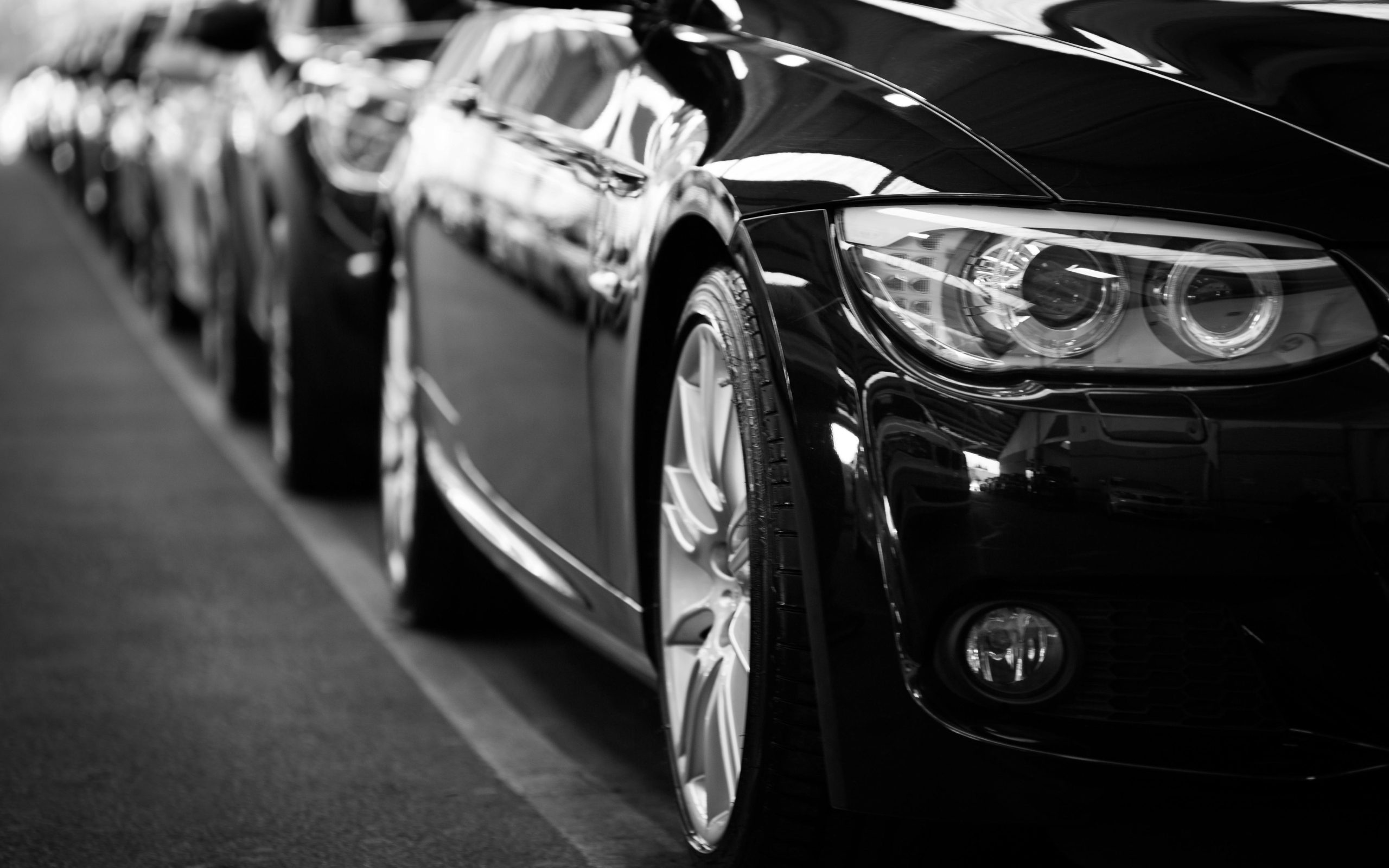Automakers take big risks when launching new models, but sometimes those risks backfire. Some cars fail so badly that manufacturers are forced to pull them from the market, leaving behind a reputation of poor performance, bad design, or serious mechanical problems.
Whether it’s a poorly executed concept, unreliable engineering, or a misjudgment of consumer demand, these failures serve as harsh lessons for the auto industry.
Some models suffer from safety concerns, while others are plagued with mechanical flaws that make them unreliable. In some cases, a car simply fails to attract buyers, making it financially unviable to continue production.
Examples of these automotive disasters include models with underpowered engines, excessive recalls, or technology that was ahead of its time but poorly implemented.
Sometimes, automakers rush vehicles to market without thorough testing, leading to critical failures that damage their reputation. Even well-known brands have released models that turned out to be complete flops, proving that no company is immune to making mistakes.
While some failed models fade into obscurity, others become infamous in automotive history, serving as reminders of what can go wrong when risks don’t pay off. Automakers, however, continue to innovate, knowing that every success and failure shapes the future of the industry.
Here are 12 cars that were so bad they were discontinued sooner than expected.
1. Ford Edsel (1958-1960)
The Ford Edsel was supposed to revolutionize the automotive industry, but instead, it became one of the biggest failures in car history. Launched in 1958, it was marketed as the car of the future, but buyers weren’t impressed. Its polarizing design, especially the controversial “horse-collar” grille, was widely mocked.
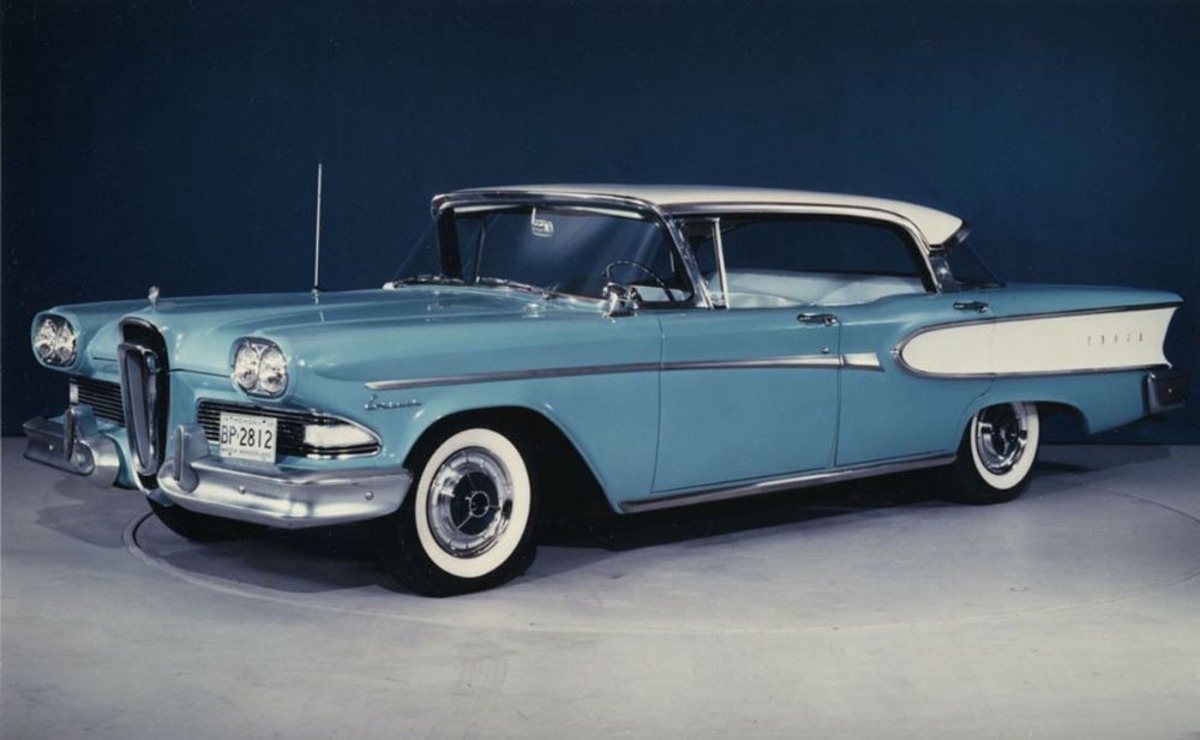
Beyond looks, the Edsel suffered from reliability issues and poor quality control. Many models left the factory with misaligned parts, faulty wiring, and leaking fluids. Adding to the confusion, Ford introduced a push-button transmission located in the steering wheel hub—an idea that only frustrated drivers.
The timing couldn’t have been worse, either. A recession in the late 1950s led consumers to seek affordable, practical cars, not a flashy, overhyped luxury vehicle. Ford poured millions into the Edsel, only to see it discontinued by 1960. Today, it stands as a cautionary tale of marketing gone wrong.
2. Pontiac Aztek (2001-2005)
The Pontiac Aztek had all the makings of a great SUV—versatile cargo space, a built-in cooler, and even an optional tent attachment. It was designed for adventurous, outdoorsy buyers, but there was one major problem: it was ugly.
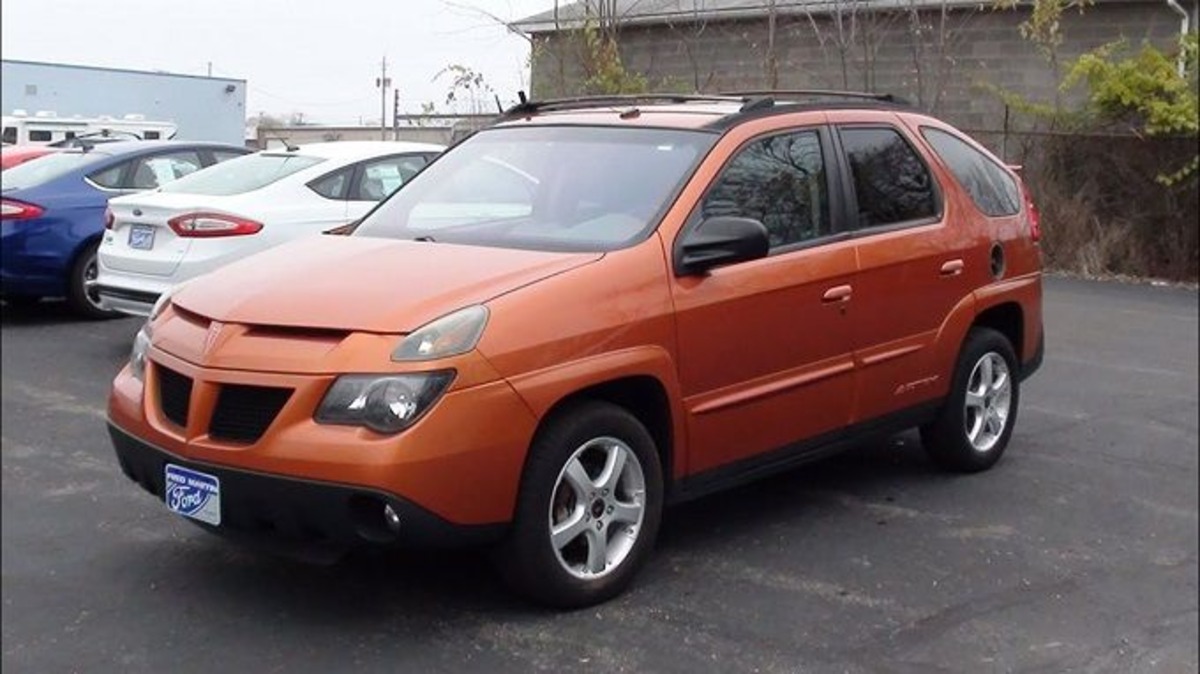
With its awkward proportions, oddly placed headlights, and a rear end that looked like a design afterthought, the Aztek quickly became a punchline. Despite its practicality, buyers simply couldn’t get past the clunky aesthetics. Even a marketing push featuring the hit show Survivor couldn’t save it.
Under the hood, the Aztek wasn’t particularly exciting either. It had a standard V6, front- or all-wheel drive, and average performance—nothing that made it stand out from the competition.
By 2005, after just a few years on the market, Pontiac pulled the plug. Ironically, the Aztek later gained a cult following, thanks in part to its role in Breaking Bad, but that didn’t help its sales when it mattered.
Also Read: Top 10 Automakers with the Most Vehicle Recalls in 2024 and the Safety Issues Behind Them
3. DeLorean DMC-12 (1981-1983)
The DeLorean DMC-12 is one of the most recognizable cars in history, thanks to Back to the Future, but in reality, it was a disaster. Despite its futuristic stainless steel body and gull-wing doors, the car was plagued by poor build quality, underwhelming performance, and an unreliable engine.
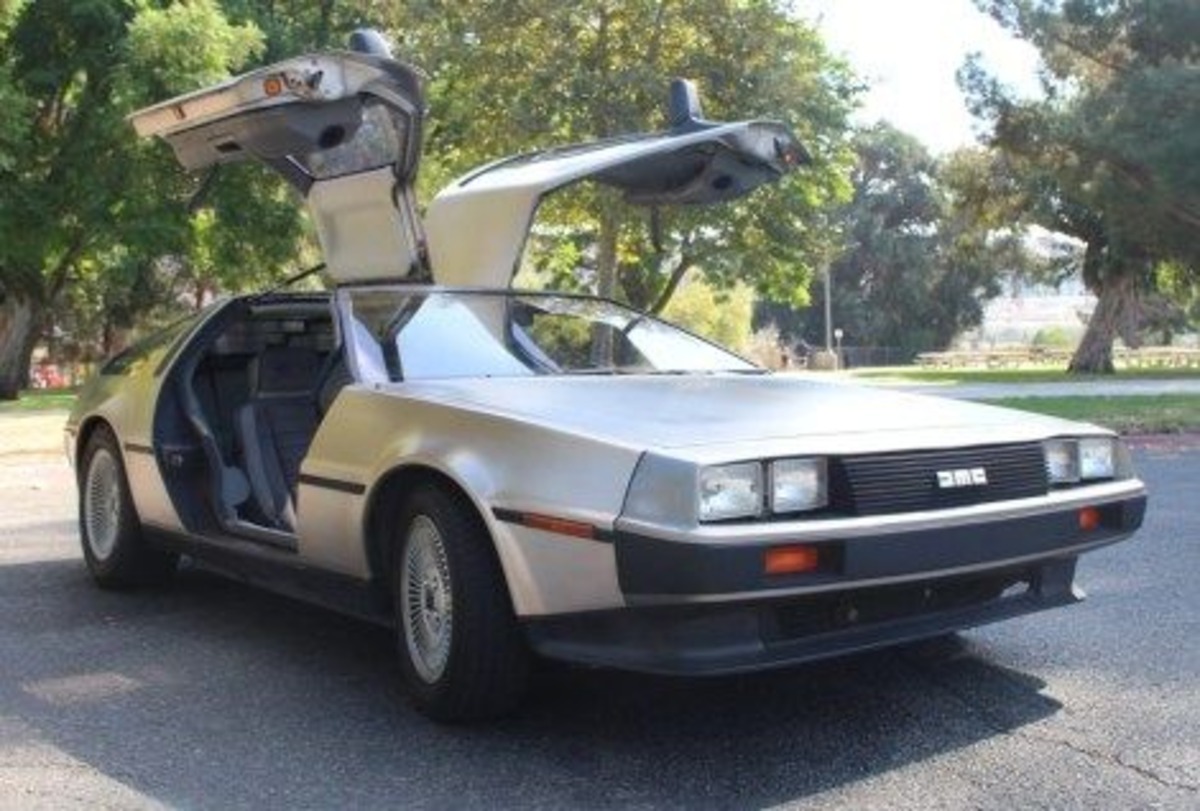
John DeLorean had ambitious plans, but production delays and cost overruns meant that by the time the DMC-12 hit the market, it was overpriced and underpowered. Its Peugeot-Renault-Volvo V6 produced just 130 horsepower, making it sluggish compared to rivals. Worse, quality control issues led to frequent mechanical failures.
Financial trouble quickly caught up with DeLorean Motor Company. A desperate attempt to secure funding resulted in a highly publicized drug scandal, further sealing the company’s fate.
Only around 9,000 units were built before the company collapsed in 1982. While it became a pop culture icon, the DeLorean was a failure as a sports car.
4. Yugo GV (1985-1992)
The Yugo GV was marketed as an affordable, no-frills car for budget-conscious buyers, but its low price came at a steep cost. Imported from Yugoslavia in the 1980s, the Yugo was one of the cheapest cars ever sold in the U.S., but it quickly gained a reputation for being unreliable, poorly built, and downright dangerous.
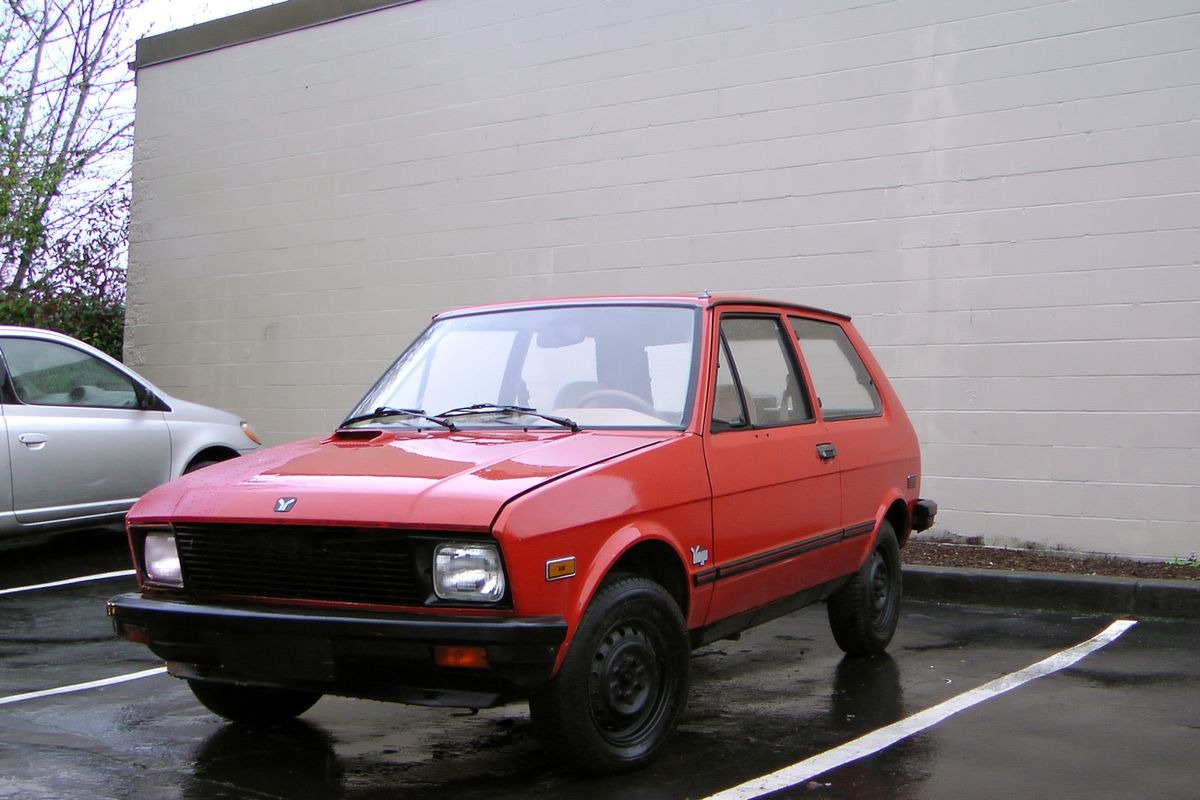
Owners frequently dealt with engine failures, electrical issues, and parts that seemed to fall apart at the slightest provocation.
The car’s outdated Fiat-based design, combined with subpar manufacturing, led to constant breakdowns. Its tiny 55-horsepower engine made highway driving a risky challenge, and safety concerns only added to its woes.
Despite early sales success, the Yugo became a laughingstock in America. As consumer confidence plummeted and stricter safety regulations took hold, the car disappeared from U.S. dealerships by the early 1990s. Today, it’s remembered more for its notoriety than anything else.
5. Chevrolet Vega (1971-1977)
The Chevrolet Vega debuted with high expectations, boasting a sleek design and promising fuel efficiency. However, GM’s rush to bring it to market led to a series of catastrophic quality issues. The Vega quickly gained a reputation for excessive rust, overheating engines, and an overall lack of reliability.
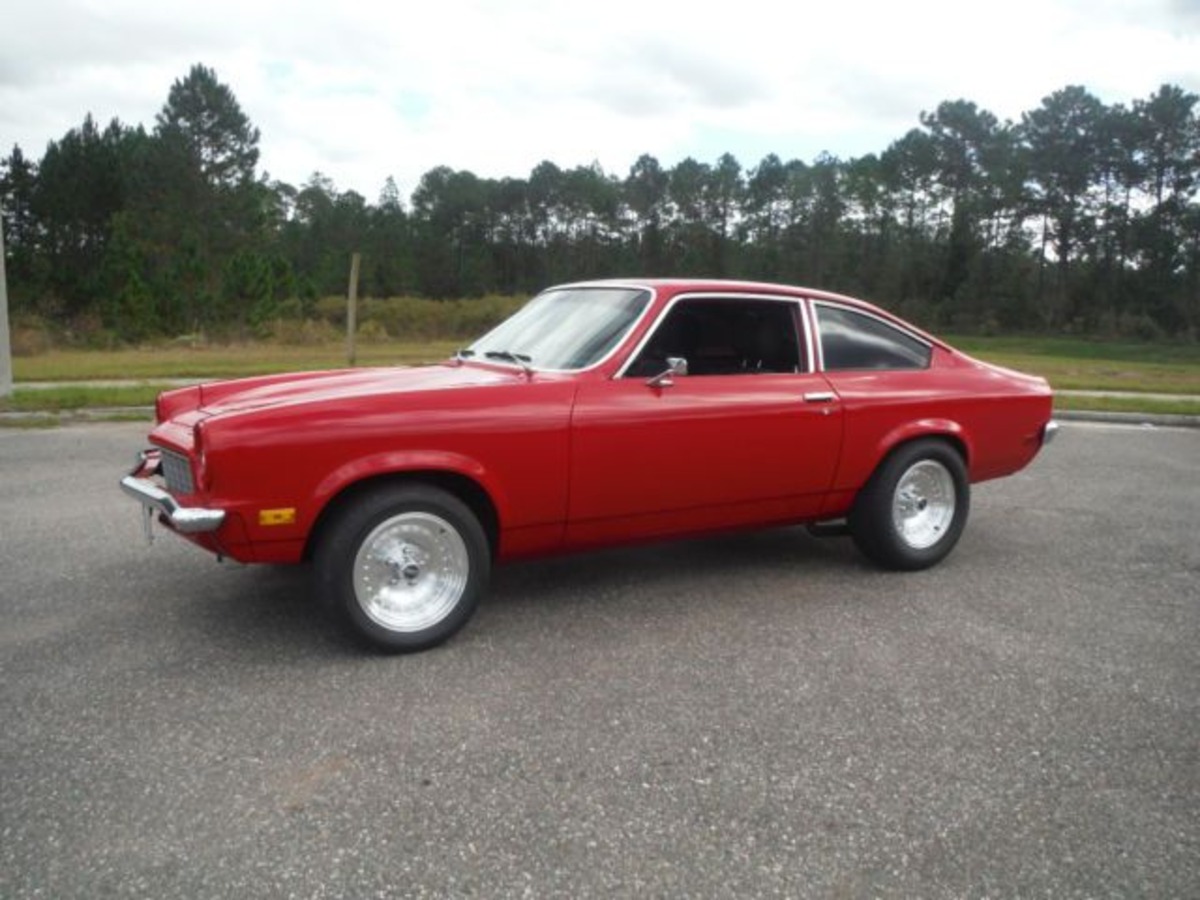
One of its biggest flaws was its aluminum engine block, which was prone to warping and failure due to poor cooling system design. Oil consumption issues and premature engine wear frustrated owners, while the car’s body panels rusted at an alarming rate—even in relatively mild climates.
Despite initial strong sales, word spread about the Vega’s many problems, and consumer trust plummeted. GM attempted to fix the car with multiple redesigns, but the damage was already done.
By 1977, the Vega was discontinued, leaving behind a legacy as one of the most infamous automotive failures in history.
Also Read: 10 Best Luxury Sedans That Offer Next-Level Comfort and Unmatched Performance in a High-End Package
6. Chrysler TC by Maserati (1989-1991)
The Chrysler TC by Maserati seemed like an exciting idea—a luxury roadster blending American practicality with Italian craftsmanship. However, the reality was far less impressive. Despite its Maserati branding, the TC shared too many parts with the much cheaper Chrysler LeBaron, making its high price tag difficult to justify.
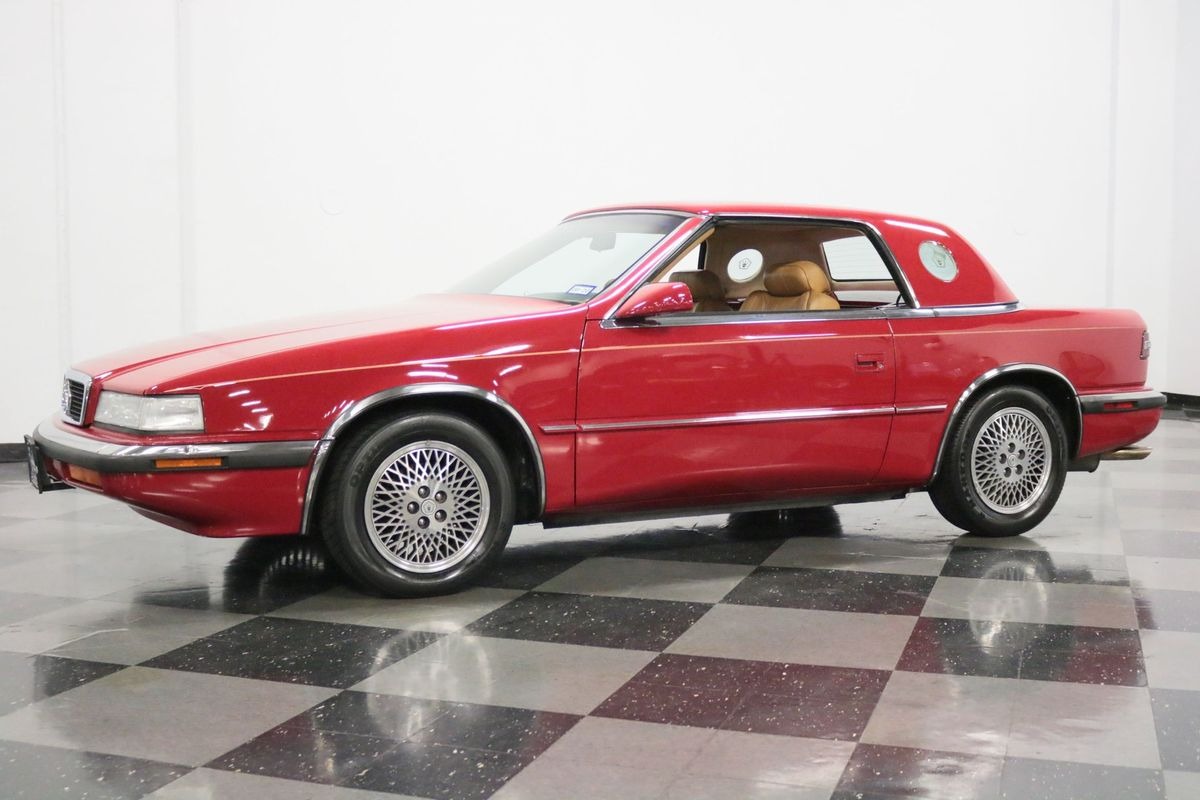
Performance was another letdown. While a special turbocharged engine was available in limited numbers, most models came with underwhelming powertrains that failed to deliver a true luxury or sports car experience. The TC also suffered from quality control issues, with build inconsistencies that frustrated buyers.
To make matters worse, Chrysler took too long to bring the TC to market, launching it just as consumer interest in personal luxury coupes was fading. With weak sales and little enthusiasm from buyers, the Chrysler TC by Maserati was quietly discontinued after just a few years, cementing its place as an automotive misstep.
7. Suzuki X-90 (1996-1998)
The Suzuki X-90 was one of the most bizarre SUVs ever made. With its tiny two-seater design, removable T-tops, and cartoonish styling, it looked more like a toy than a serious off-road vehicle. Suzuki marketed it as a fun, sporty alternative to traditional SUVs, but buyers didn’t see the appeal.
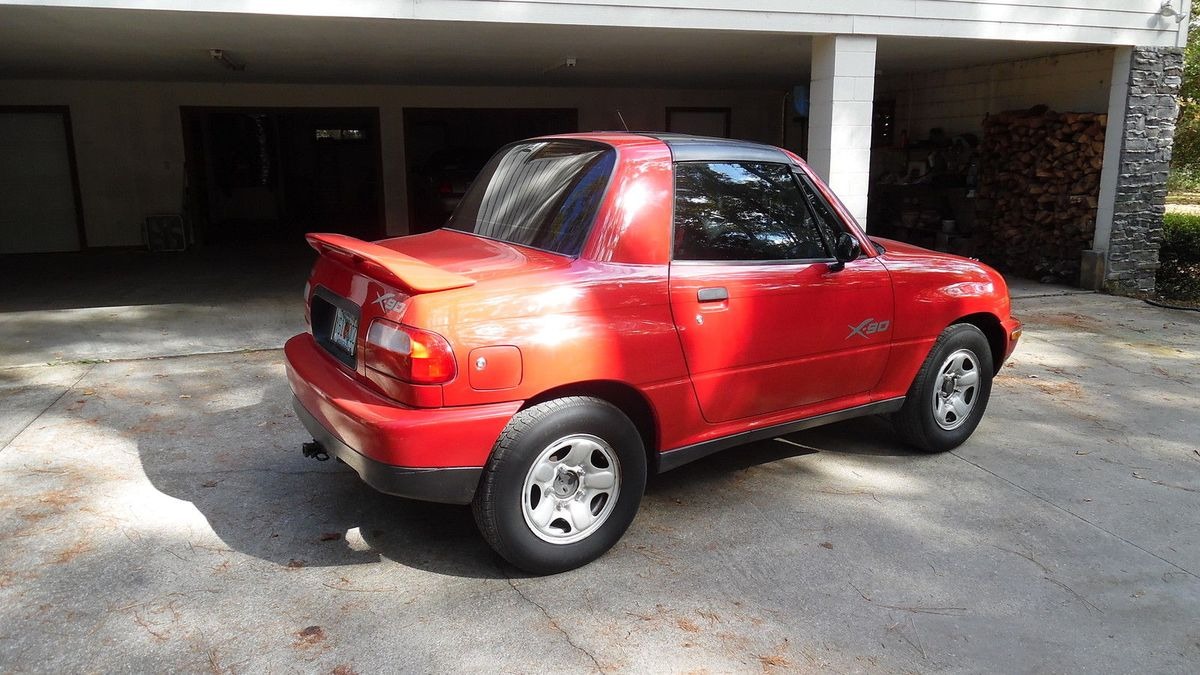
Performance was another weak spot. Despite its lightweight body, the X-90’s 1.6-liter engine produced only 95 horsepower, making it painfully slow. Its awkward proportions also meant limited cargo space, making it impractical for both city driving and off-road adventures.
Comfort wasn’t much better. The cramped interior and stiff ride made long drives a chore. While some appreciated its quirky personality, most consumers opted for more capable and practical SUVs. With sluggish sales and little demand, Suzuki pulled the plug on the X-90 after just a couple of years, turning it into a forgotten oddity of the ’90s.
8. Saturn Ion (2003-2007)
The Saturn Ion was supposed to be a bold step forward for the brand, but it ended up as one of General Motors’ biggest misfires. Introduced in the early 2000s, it replaced the well-liked S-Series but failed to capture the same enthusiasm.
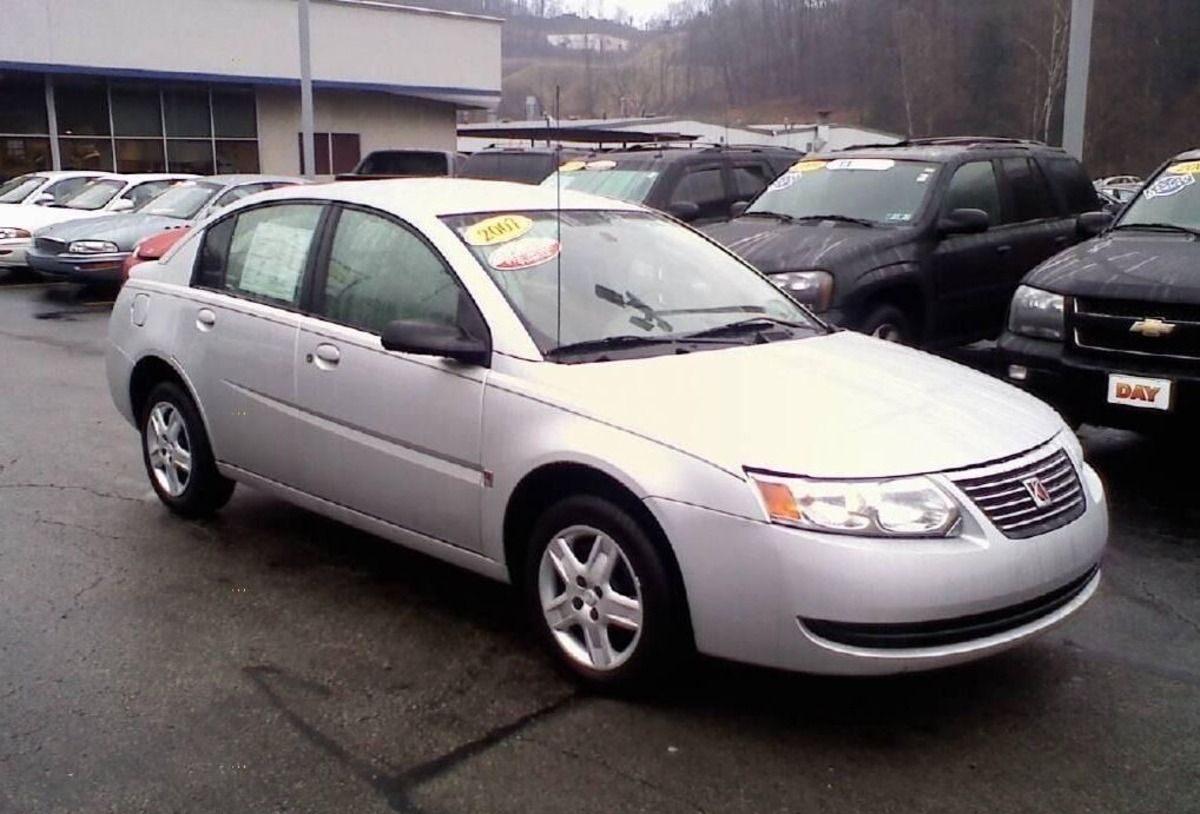
Build quality was a major issue. Cheap plastics, an awkward center-mounted instrument cluster, and uncomfortable seats made the interior feel outdated even when new. The Ion’s driving dynamics weren’t much better—its electric power steering felt vague, and the ride was rough. Despite various trim options, including a supercharged Red Line model, the car never gained a strong following.
The biggest nail in its coffin was the infamous ignition switch defect, which led to widespread recalls and even lawsuits against GM. With sluggish sales and a tarnished reputation, the Ion was discontinued in 2007, making way for the short-lived Saturn Astra before the entire brand was shut down.
9. Cadillac Cimarron (1982-1988)
The Cadillac Cimarron is often remembered as one of the biggest missteps in Cadillac’s history. Launched in the early 1980s, it was intended to help Cadillac compete with European luxury compacts like BMW and Mercedes. Instead, it became a cautionary tale of badge engineering gone wrong.
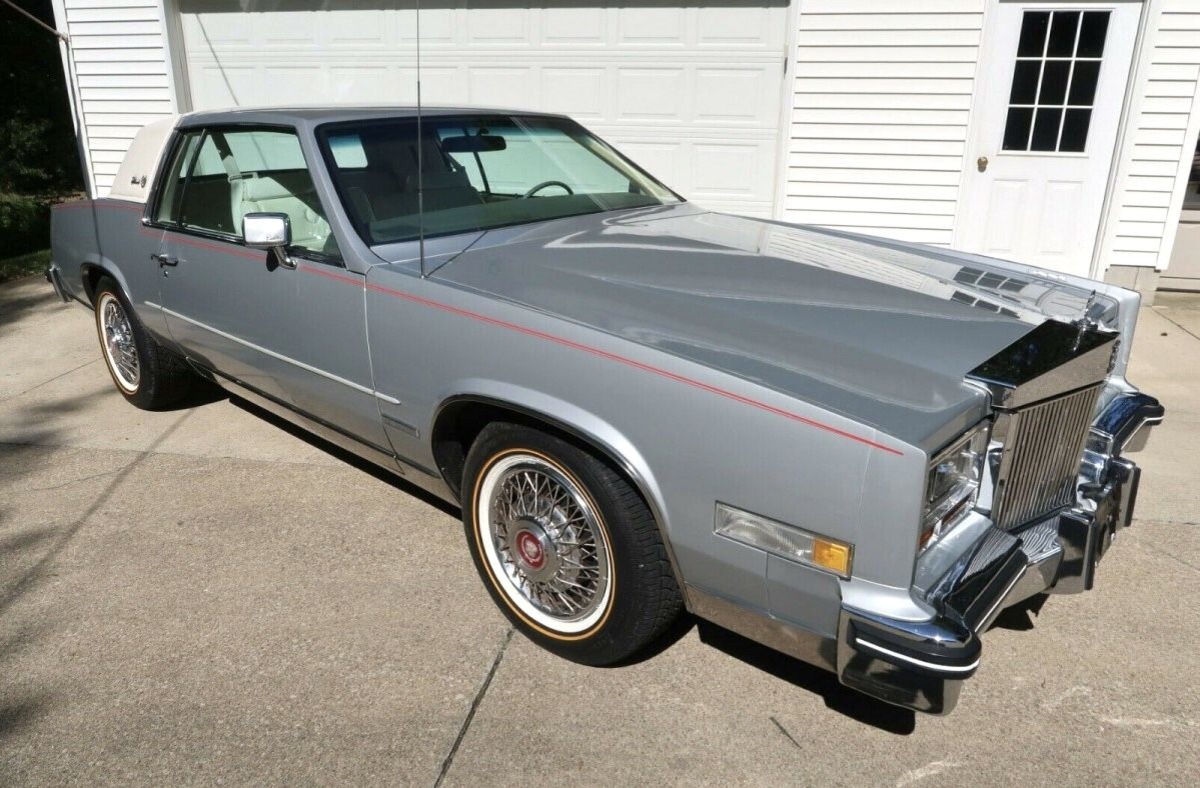
Underneath the Cadillac badge, the Cimarron was essentially a Chevrolet Cavalier with some leather seats and a few minor upgrades.
However, it carried a much higher price tag, which Cadillac buyers saw right through. Performance was another letdown—the base four-cylinder engine was underpowered and unimpressive for a brand known for luxury and refinement.
Sales were weak from the start, and Cadillac eventually tried to improve the car by adding a V6 and better features. But by then, the damage was done. The Cimarron was discontinued in 1988, leaving behind a tarnished reputation and serving as a lesson in brand mismanagement.
10. Dodge Dart (2013-2016)
The Dodge Dart revival in 2013 seemed promising at first, bringing back a classic nameplate with modern styling. However, the reality didn’t live up to expectations.
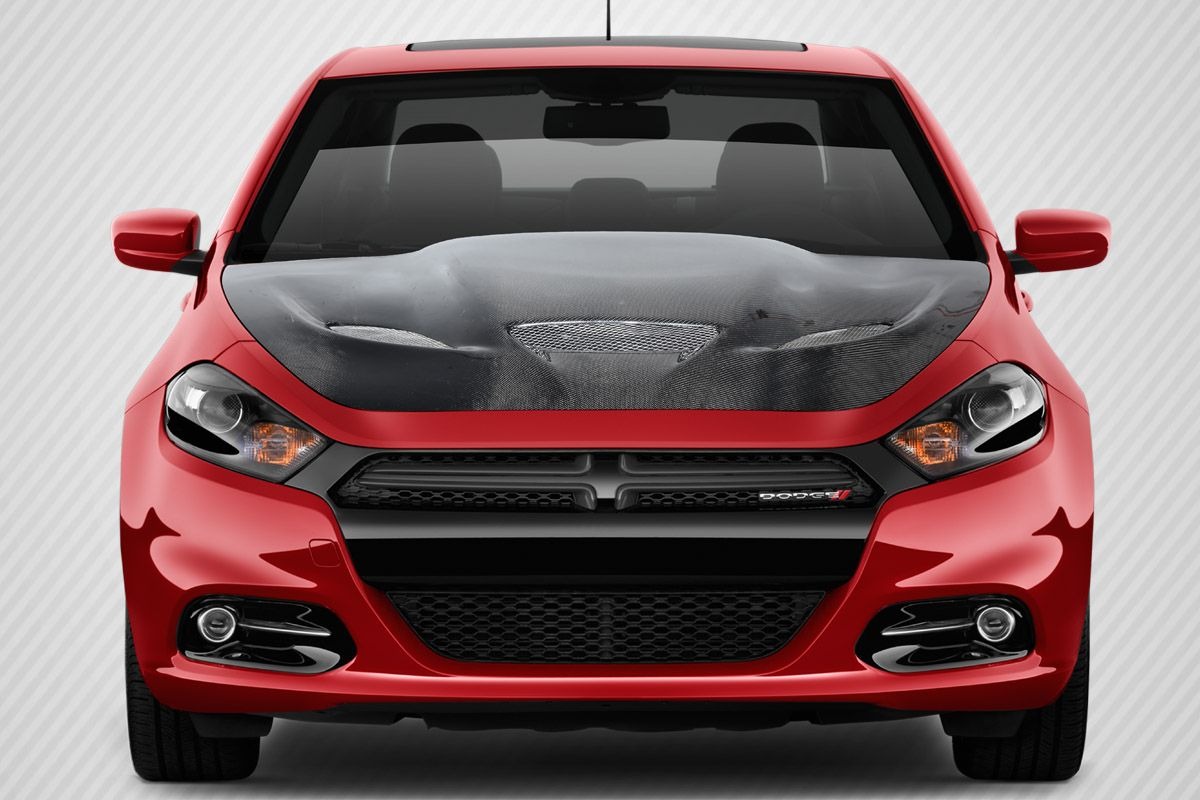
The Dart’s biggest flaw was its weak engine options. The base 2.0L and 1.4L turbo engines felt sluggish, and the 2.4L upgrade still wasn’t enough to make it exciting. Paired with an unrefined transmission, the driving experience was far from engaging.
Inside, the Dart had some decent tech for its time, but it quickly became outdated compared to rivals. Reliability issues, inconsistent build quality, and a lack of all-wheel drive—something competitors like Subaru offered—hurt its appeal.
With strong competition from Honda, Toyota, and Ford, the Dart struggled to find a niche. Sales never took off, and Dodge discontinued it in 2016. It remains a reminder that reviving an old name isn’t enough to guarantee success in the modern market.
11. Nissan Murano CrossCabriolet (2011-2014)
The Nissan Murano CrossCabriolet was one of the strangest automotive experiments in recent history. Combining an SUV with a convertible might have sounded unique on paper, but in reality, it was a disaster.
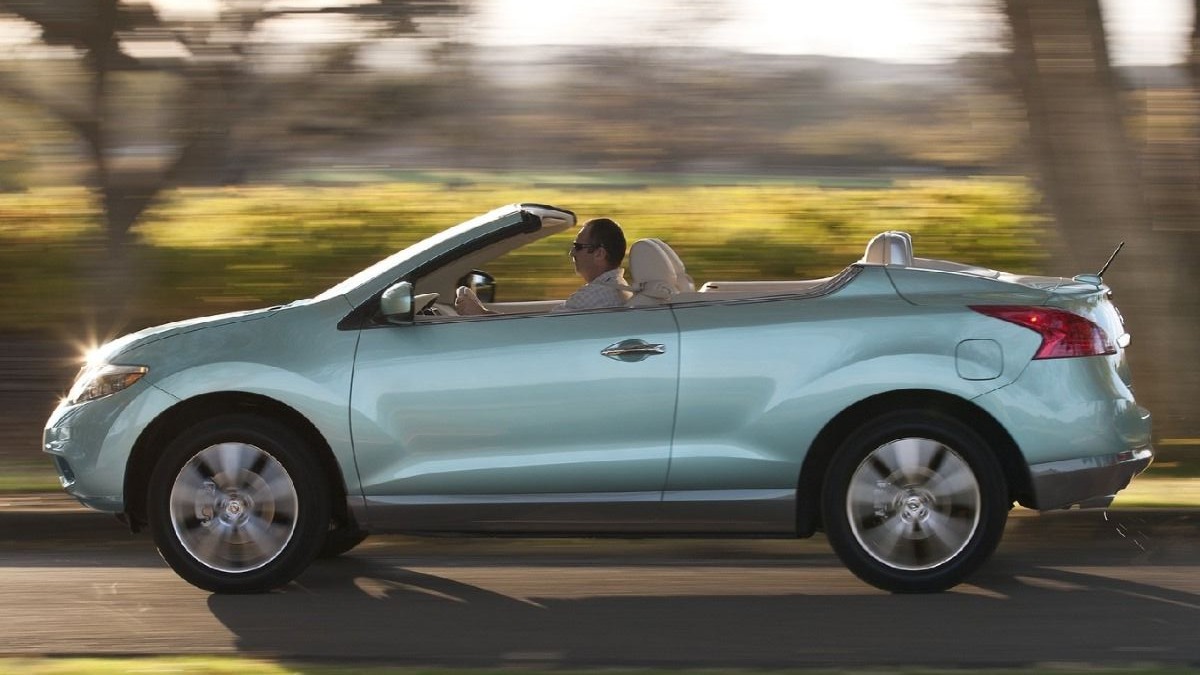
The biggest issue was its awkward proportions. The Murano’s bulky shape didn’t translate well into a drop-top, making it look bloated and unbalanced. The design sacrificed practicality, too—losing the rear doors meant access to the back seats was a hassle, and cargo space took a major hit.
On top of that, it was expensive. Priced around $45,000, the CrossCabriolet cost as much as luxury SUVs with better styling, more features, and far greater appeal. Buyers simply weren’t interested in a convertible SUV that wasn’t particularly good at being either.
Sales were abysmal, and Nissan quietly discontinued it after just a few years. Today, it stands as a prime example of a niche experiment gone wrong.
12. Hummer H2 (2002-2009)
The Hummer H2 was designed to make a statement, but that statement quickly became, “This is too much.” Inspired by the military Humvee, the H2 had an imposing presence on the road, but its drawbacks outweighed its tough-guy image.
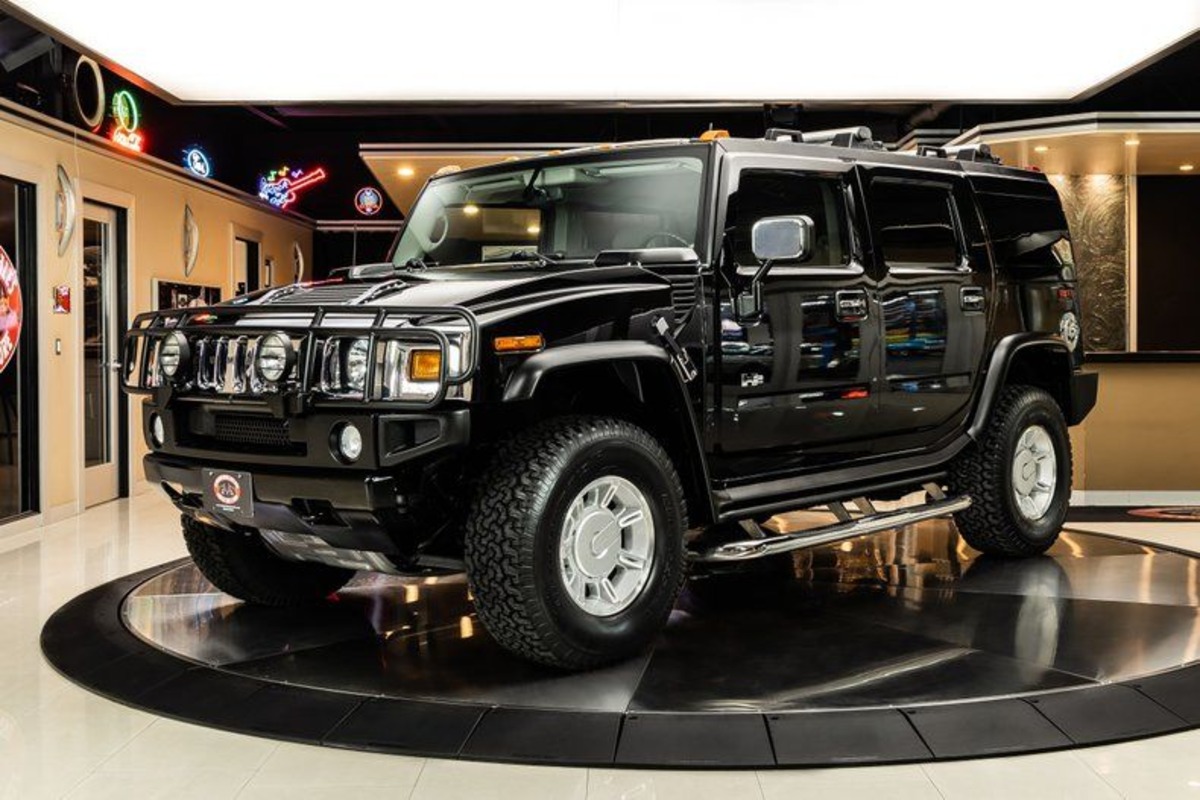
One of the biggest issues was its fuel economy—or lack thereof. With a thirsty V8 engine, the H2 guzzled gas at an alarming rate, getting single-digit MPG figures. As fuel prices rose and environmental concerns grew, buyers started looking for more practical alternatives.
Its sheer size was another problem. The H2 was massive, making parking a nightmare and city driving impractical. Despite its rugged look, it wasn’t particularly great off-road either, thanks to its weight and wide stance.
By the late 2000s, demand had plummeted. GM eventually discontinued the H2 in 2009, marking the end of an era for oversized, gas-guzzling SUVs.
Not every car can be a hit, and these 12 models serve as reminders that even major automakers can make huge missteps. Whether it was bad design, poor reliability, or simply the wrong car at the wrong time, these vehicles didn’t last long before getting the axe.

